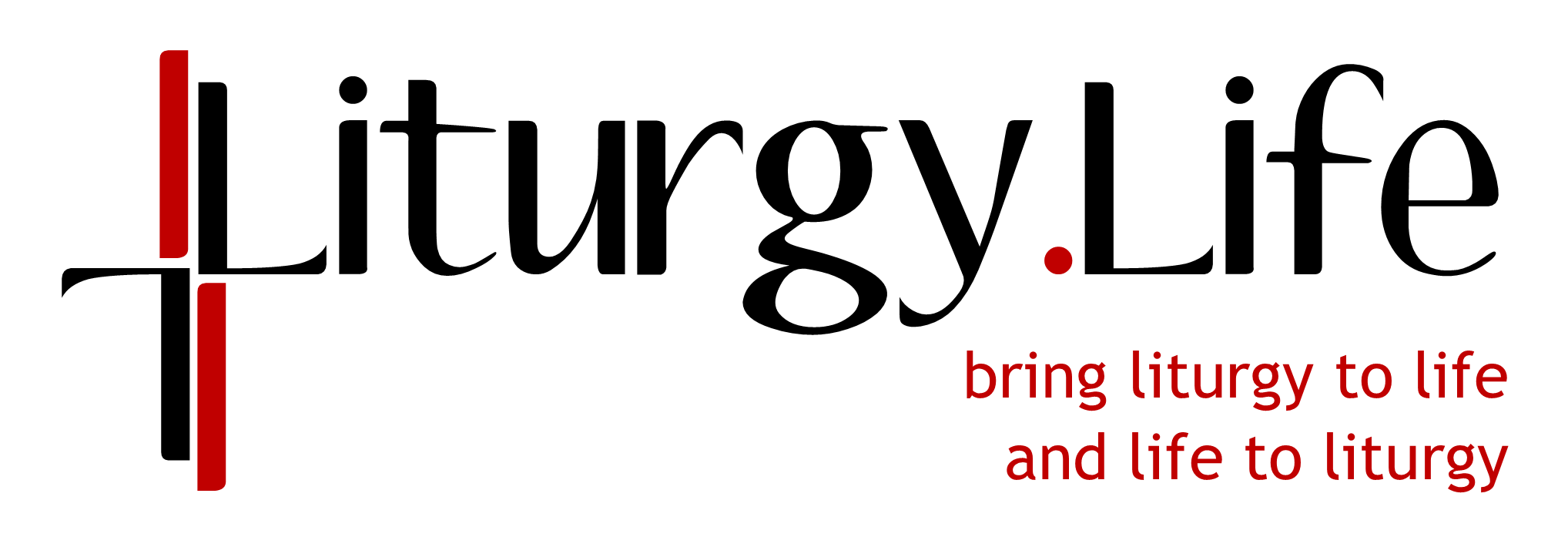As I write this, the parishes in my area of the country are entering the fourth week of the stringent shelter-in-place regulations required for stemming the COVID-19 pandemic. And it looks like we could be under quarantine for at least another four weeks or possibly much longer.
It is easy to get discouraged about the state of things right now. But it is also an opportunity. During our forced isolation, we have an opportunity to build our skills as pastoral liturgical leaders. To do that, I want to suggest something that might sound a little boring at first: reading or rereading the key liturgical documents.
(Re-)Learning the liturgy
The reason I say it might be boring is that any deep learning requires some butt-in-chair (or on the field or in the practice room) focused concentration that doesn’t start to get exciting until we’ve mastered some basics.
Think of the skills that require a long, dedicated learning time: speaking a foreign language, playing an instrument, baking, hitting a sinking curve, dancing the tango, painting a sunset. The early stages of any of these practices is a slog. But once we start to gain some skill, the practices gets more exciting and fulfilling.
Liturgy is a craft and an art in ways similar to those examples. And the skills we need for understanding how liturgy works are found in seven core church documents published during and after the Second Vatican Council. They are:
- The Constitution on the Sacred Liturgy
- The General Instruction on the Roman Missal (GIRM)
- Universal Norms on the Liturgical Year and the General Roman Calendar
- Lectionary for Mass: Introduction
- Sing to the Lord: Music in Divine Worship
- Built of Living Stones: Art, Architecture, and Worship
- Fulfilled in Your Hearing; The Homily in the Sunday Assembly
Unfortunately, most of these are not that easy to read. They are all products of committee work and several rounds of revisions by more committees. Even so, the vision of worship embedded in these texts, both collectively and individually, is breathtaking. If all of our parishes managed to get just five percent closer to the ideal worship envisioned in these core documents, we would have so many people showing up on Sunday that we’d have to build new churches.
The liturgical documents are more than just rules
As you are reading these documents, it will be tempting to think of them as lists of rules to be followed. To be sure, there are a lot of rules. But think of them as rules — or disciplines — of art or craft. A musician who simply plays the notes on a page or a baker who strictly follows a recipe is not really producing something wonderful. Rules have to be followed, but we have to know something about the “hierarchy” of the rules. Some are more easily adapted to particular situations than others.
The seven core documents also have a hierarchy or a discipline. All Catholic worship is inspired and structured by the vision embedded in the Constitution on the Sacred Liturgy. It is somewhat analogous to the Constitution of United States of America. The U.S. constitution contains rules, but is much more a vision statement of what it means to be the United States. Similarly, the Constitution on the Sacred Liturgy gives us the vision of ideal worship for the church.
The GIRM, the norms on the liturgical year, and the introduction to the lectionary are all universal documents. That is, they apply to the entire Catholic Church, not just the church in the U.S. They all come under the Constitution on the Sacred Liturgy and must reflect the vision found there.
Liturgical rules have to be followed, but we have to know something about the “hierarchy” of the rules. Some are more easily adapted to particular situations than others. Share on XSing to the Lord, Built of Living Stones, and Fulfilled in Your Hearing are all texts issued by the United States Conference of Catholic Bishops (USCCB). These documents come under all of the universal documents and reflect how the vision of the universal church is applied in our particular circumstances in the United States. However, many of the insights in these local documents can be applied to other regions of the world as well.
What are your thoughts?
Which of the seven core liturgical documents have you read? How have they influenced your ministry? Are there any documents you would add to (or remove from) the core list?
See also these related articles:
- Train your lectors in this one most effective skill
- Writing invocations for the Penitential Act, Form C
- The Penitential Act
- How the liturgy teaches us what is most needed today
- What the new Directory for Catechesis says about our ministry as liturgical ministers
- Liturgical adaptations during the pandemic
- The four dangers of weak liturgy
- Why does good liturgy matter?
- We will need courage for parishes of the future
- How to critically read blog posts and magazine articles about liturgy



Leave a Reply